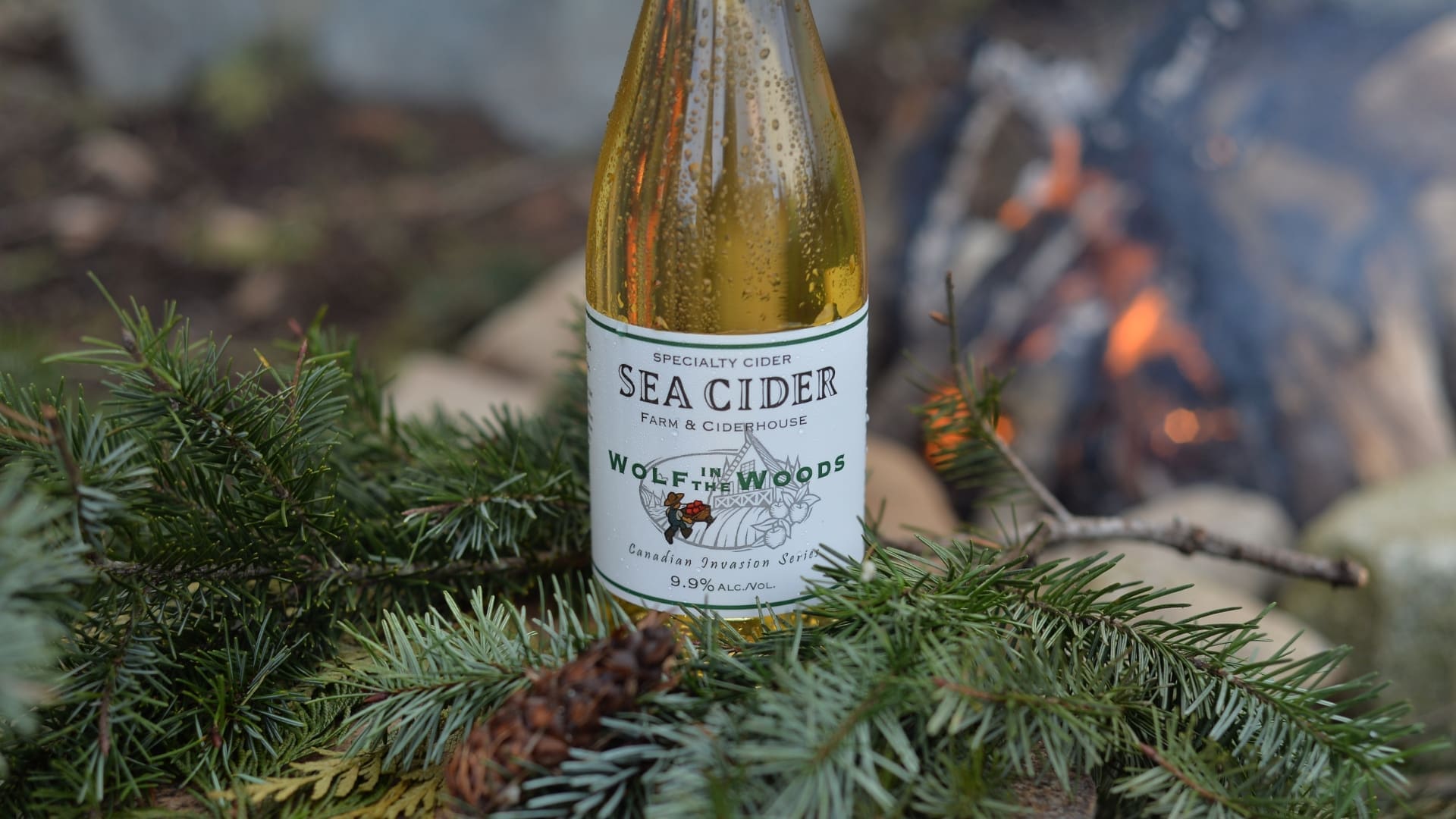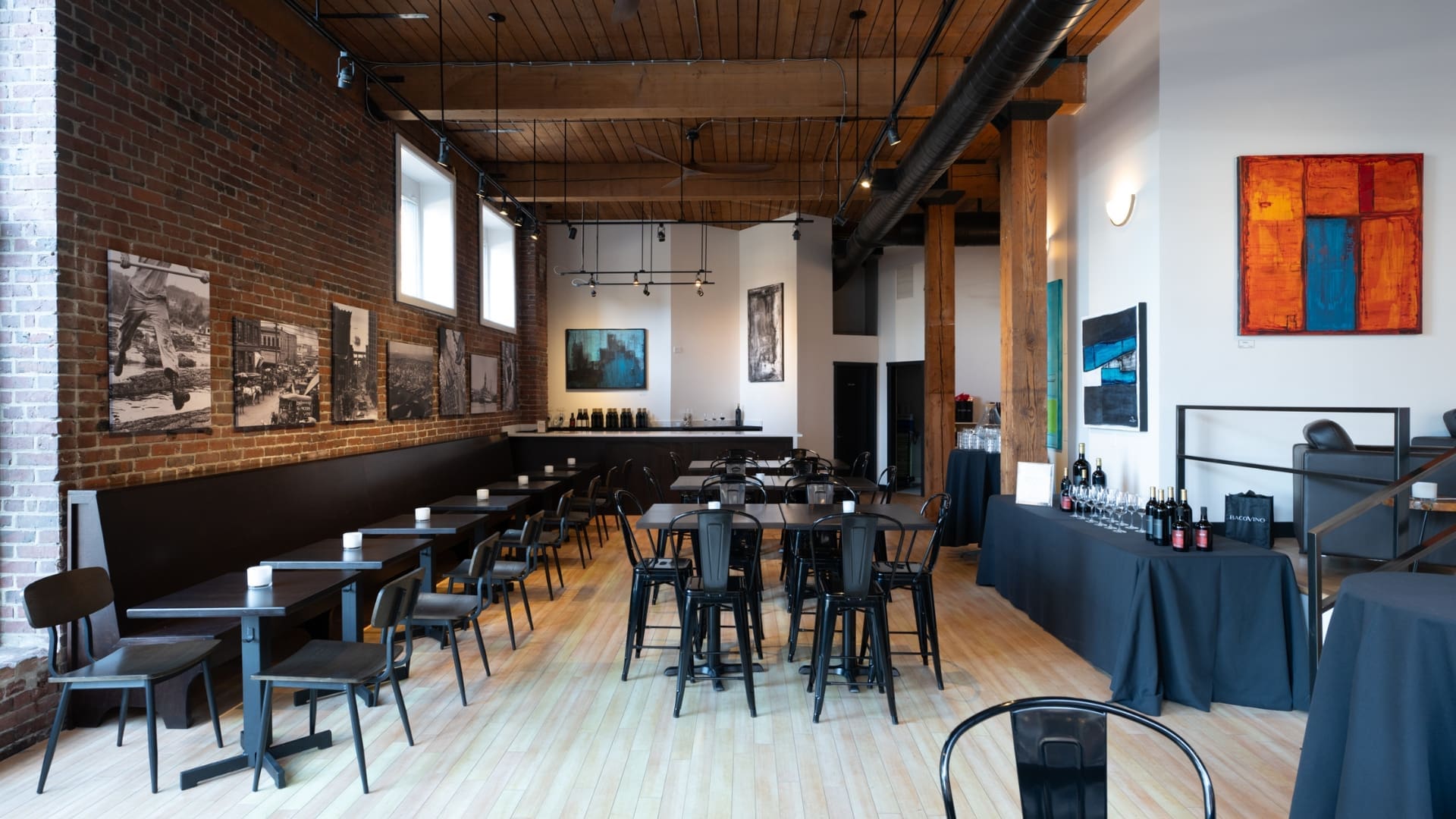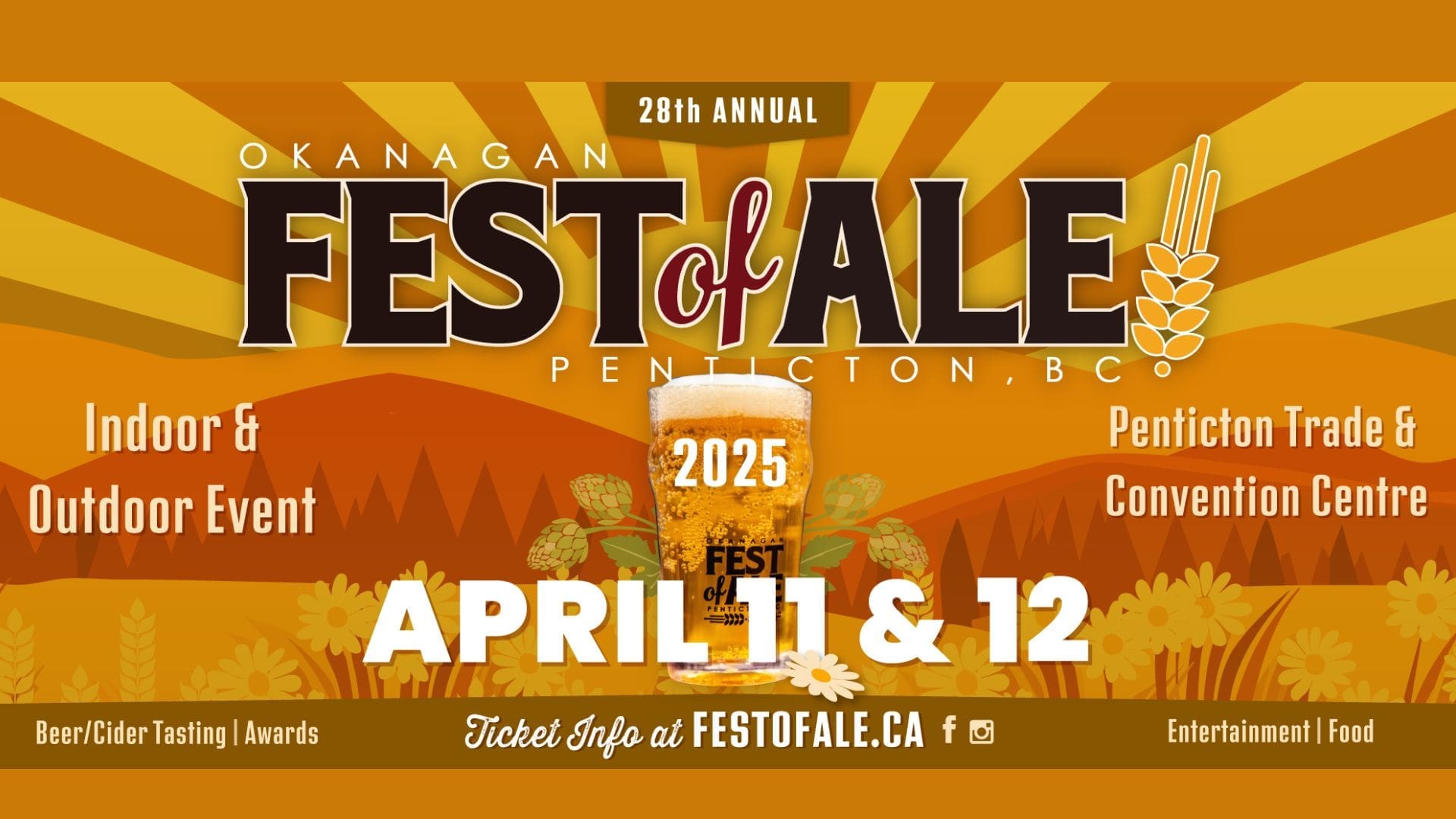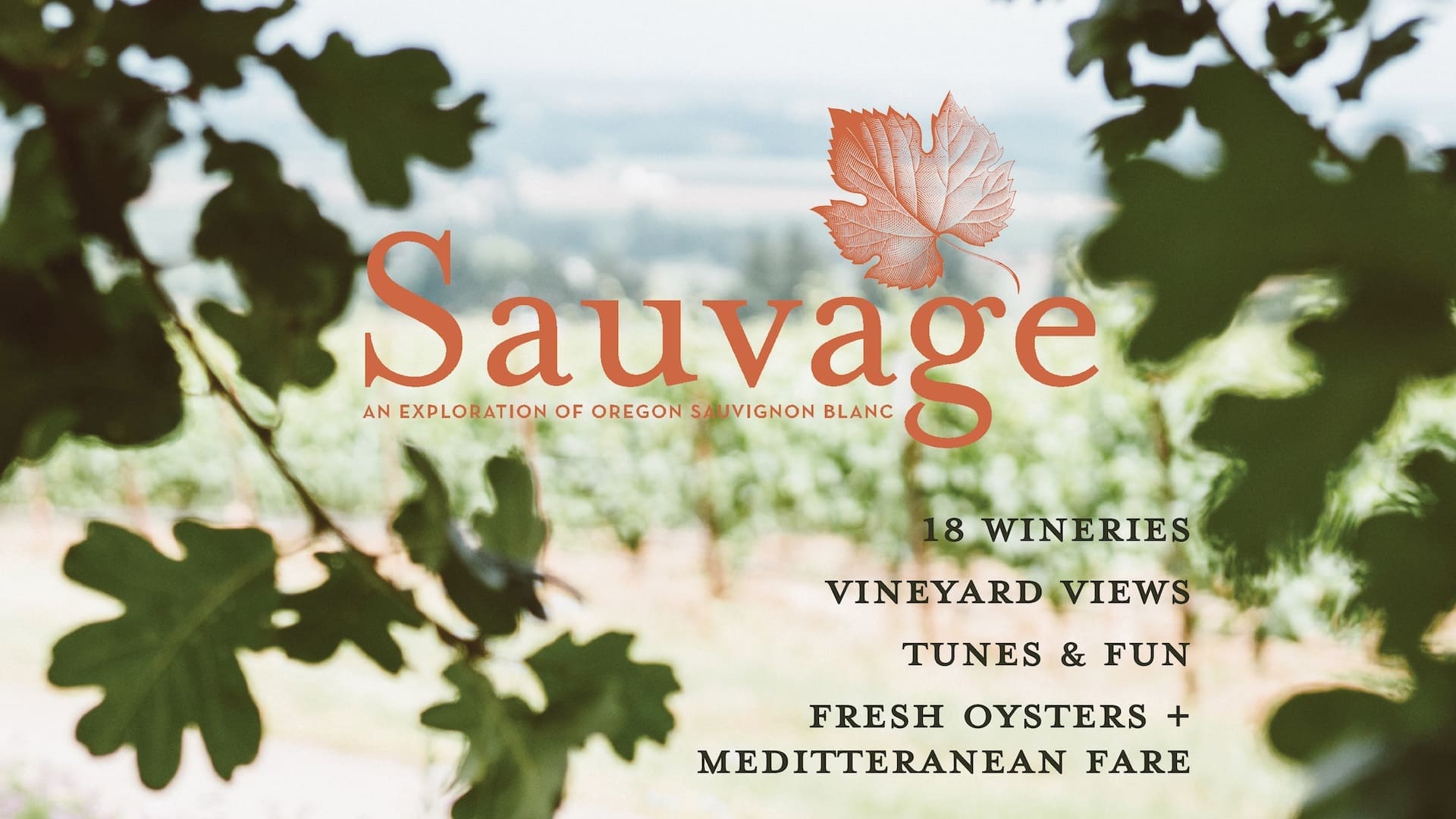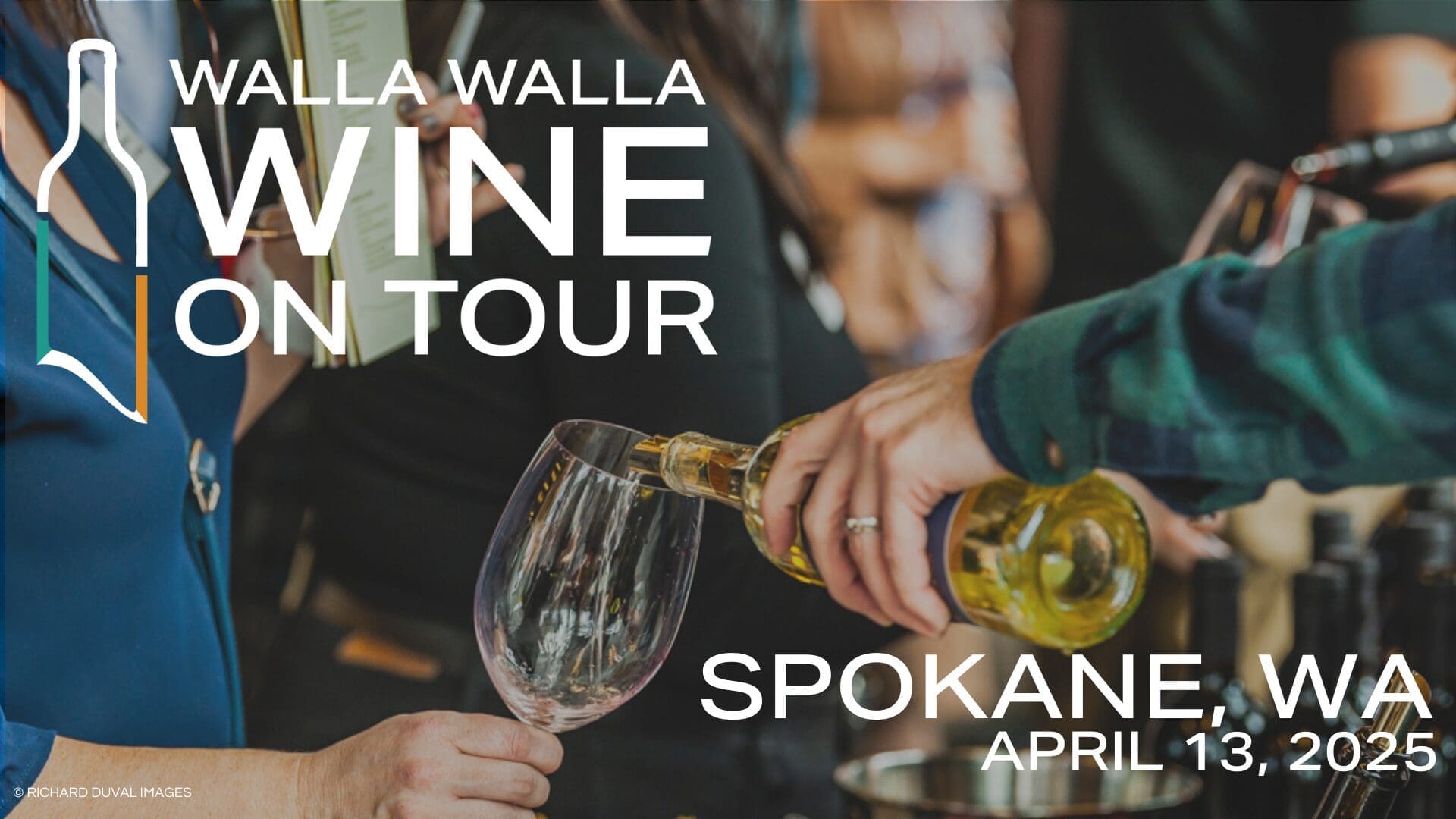Kombucha is a category of beverage all on its own, but it’s definitely experiencing a surge in popularity. The once misunderstood fermented beverage is slowly-but-surely becoming widely known for its bold flavor, delicate carbonation and the slew of digestive-health benefits that may come along with it. But what exactly is kombucha? And how is it made? We sat down with Matt Thomas, founder of Brew Dr. Kombucha in Portland, Oregon, to learn all about it.
What is kombucha?
At its very basic form, kombucha is a fermented tea beverage. The tea mixture utilized to make the drink may be a simple green tea or black tea, or any other variety. The blend may also include a combination of tea, botanicals, herbs and fruit to create a bolder flavor.
Many enjoy this beverage because of the beneficial and naturally occurring live and active cultures that it contains. “Food is medicine,” says Thomas. “The naturally occurring yeast and bacteria can be a healthy addition to the human digestive system.”
Kombucha is typically alcohol-free and may be consumed by itself as bottled, especially as companies like Brew Dr. formulate flavors to stand on their own. But kombucha can also be mixed with juice for additional flavor, or even made into a kombucha sangria with a 50/50 ratio of wine and kombucha put on ice.
How is kombucha made?
When it comes to making kombucha, it’s all about embracing a specific combination of yeast and bacteria that work together symbiotically. And while that may sound a bit confusing, especially with bacteria sometimes carrying a negative connotation, it’s important to remember that not all yeast and bacteria are created equal.
According to Thomas, batches of Brew Dr. Kombucha begin by adding a portion of finished kombucha from a previous batch to a stainless-steel fermentation tank. This is because a finished batch contains the live bacteria and yeast that can then be harnessed to create another fermentation. That starter is then paired with a tea blend made up of a custom mixture of organic loose leaf tea, herbs, botanicals and dried fruit.
“We brew our tea, which is a hot tea, and dissolve the cane sugar which later becomes the fuel for the fermentation,” says Thomas. Once that’s brewed, it’s left to chill so that the hot liquid doesn’t harm the existing bacteria and yeast already in the tank. Once pumped into the fermentation tank, fabric is placed over the top of the ports in the tank, and the mixture is left to do its thing. “The fermentation room is kept warm, close to 80 degrees, which keeps the fermentation healthy and happy,” says Thomas. “The more volume, the longer the fermentation will take.” Brewers keep a close eye on the fermentation, but after about three to four weeks, it’s considered ready. “We check the sugar level going down through the process, along with the alcohol content going up,” says Thomas. “We’re also checking for acidity.”
Once the fermentation is considered ready, the batch is pumped into a cold tank, dropping the liquid temperature to around 33 degrees. “Essentially this makes it dormant to prevent it from continuing fermentation,” adds Thomas.
The next step of the process is to remove the alcohol that was naturally created during fermentation. A unique spinning cone column is utilized to remove the alcohol by bringing it up to 96 degrees to atomize the alcohol and turn it into steam. The kombucha never comes up to that temperature during the process, allowing it to pass through the column without being pasteurized. According to Thomas, the alcohol that is removed has been turned into hand sanitizer amidst the COVID-19 pandemic, while other uses include repurposing it into ethanol to be used as fuel. Once the alcohol is removed, the kombucha is ready to be moved to a brite tank where carbonation is gently added before it is bottled and makes its way to refrigerated store shelves to be consumed and enjoyed.
Check out some of our local favorites from a story we ran online here.


